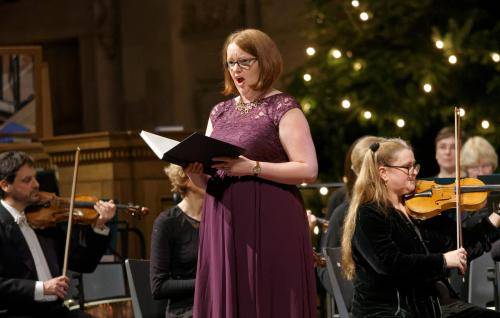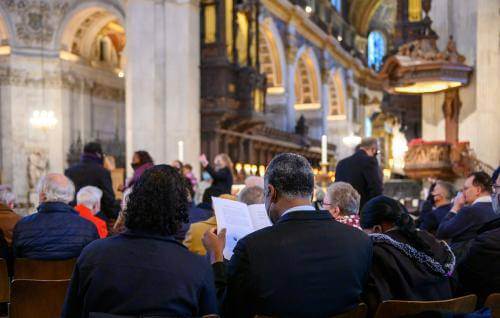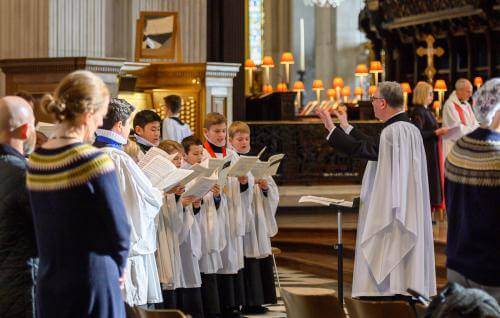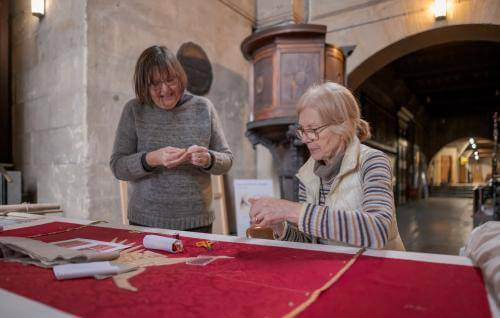The bells
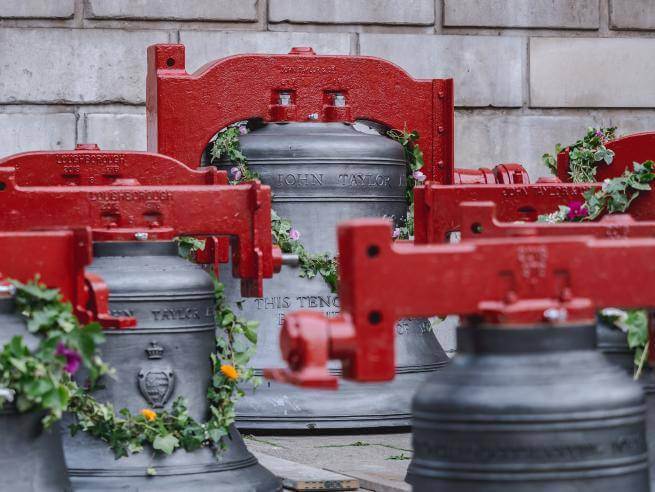
The bells
Learn more about the different bells we have in the Cathedral, when bells are rung and how change ringing works.
The Service Bell
The oldest bell at the Cathedral is the Service Bell, which hangs in the north west tower. It was cast by Philip Whiteman, a London bellfounder, in 1700 and hung the following year. Its weight is 18.75 cwt and its note E flat. On acquisition it was named the Prayer Bell, possibly because it was installed to meet the requirement of the Book of Common Prayer that a bell be rung daily before Morning and Evening Prayer. These days it is more commonly known as “the Banger” because of its distinctive tone. It remains in use for daily services at the Cathedral, normally struck by an automated chiming mechanism, but it can be rung manually.
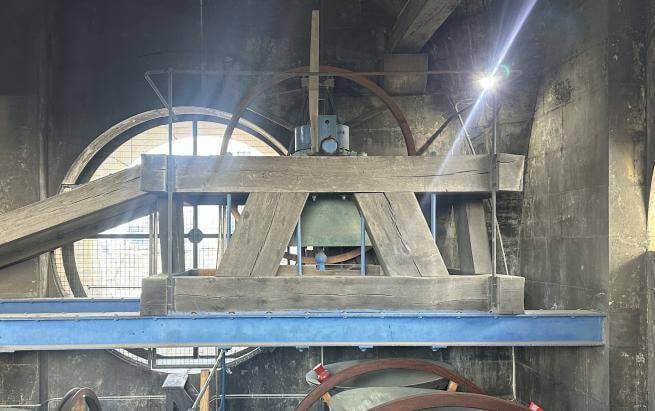
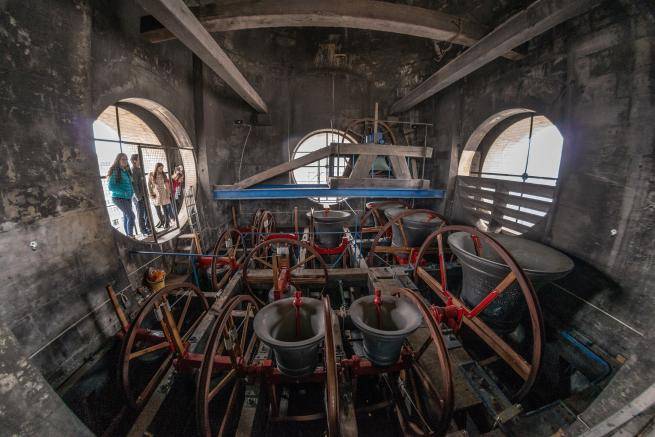
The 12 change ringing bells
Cast by John Taylor and Co of Loughborough in 1878, the change ringing bells hang in the north west tower, and form the second largest ring of 12 bells in the world by total weight.
Change ringing is a difficult skill to learn, and takes most ringers several years to become sufficiently experienced to ring on the challenging bells of St Paul's.
Each bell is given a number, from 1 to 12, and is usually rung by a single ringer. A ‘change’ is a sequence of these numbers where each bell rings once. The order or sequence is changed and each bell rings again.
The St Paul’s change ringing bells are in the key of B flat. The smallest 'treble' bell weighs just over 8 cwt, while the largest 'tenor' bell weighs over three tons (61 cwt).
Great Paul
Housed in the south west tower, Great Paul is the largest bell in the UK in current use, weighing in at an incredible 16.75 imperial tons. It was cast by John Taylor and Co in 1881 and its note is E flat. It is the second largest bell ever cast in the British Isles, being exceeded only by the bass bell of the Rockefeller Memorial Carillon in New York, which weighs over 20 imperial tons. For about 30 years Great Paul was chimed daily using an automated mechanism but this is broken and the bell is currently rung manually for special occasions such as major services and the Lord Mayor’s Show.
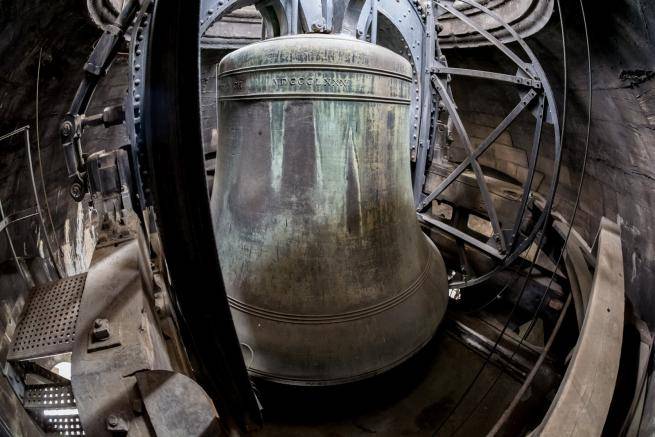
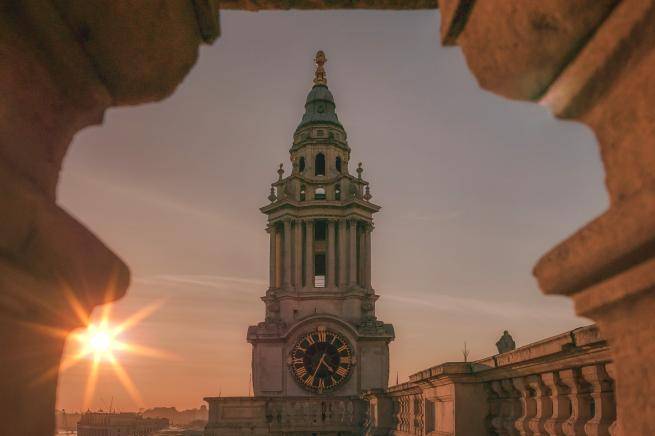
The three clock bells including Great Tom
Our three clock bells, also in the south west tower, strike the hours and quarters. The largest, Great Tom, weighs over 5 tons and is in A flat. It was cast by Richard Phelps of the Whitechapel Foundry in 1716 and is the successor to a much older bell, acquired from the Palace of Westminster in 1698, which was cracked in transit to the Cathedral. Great Tom strikes the hours and is tolled manually to mark the deaths of senior members of the Royal Family or (should they die in office) the Archbishop of Canterbury, the Bishop of London, the Dean of St Paul's, the Lord Mayor of London or the Prime Minister. This last was last done in September 2025 to mark the death of HRH The Duchess of Kent, and before that, upon the death of Her Late Majesty Queen Elizabeth II.
The two quarter bells, also cast by Phelps, date from 1707. They weigh 12.5 and 24.75 cwt and are tuned to A flat and E flat respectively.
Bell ringing times
You can hear the Cathedral bells on a Sunday at:
- 9.30am to 10am: half an hour before Mattins
- 10.45am to 11.15am: half an hour before our main Eucharist service
- 2.30pm to 3pm: half an hour before Evensong.
Also, in the north west tower is the original service bell – 'The Banger' – which rings before weekly services:
- 7.30am: Morning Prayer
- 8am: Eucharist
- 12.30pm: Eucharist
- 5pm service: Either Evensong or Sung Eucharist.
The service bell also rings just before the 8am and 5.30pm services on a Sunday.
These bell ringing times are sometimes changed when service times change. Please take a look at our calendar for up to date details on all of our services.





